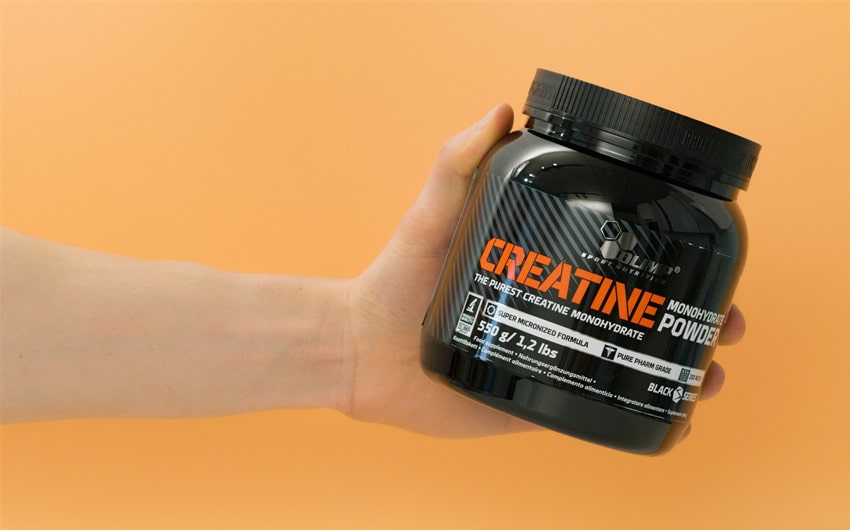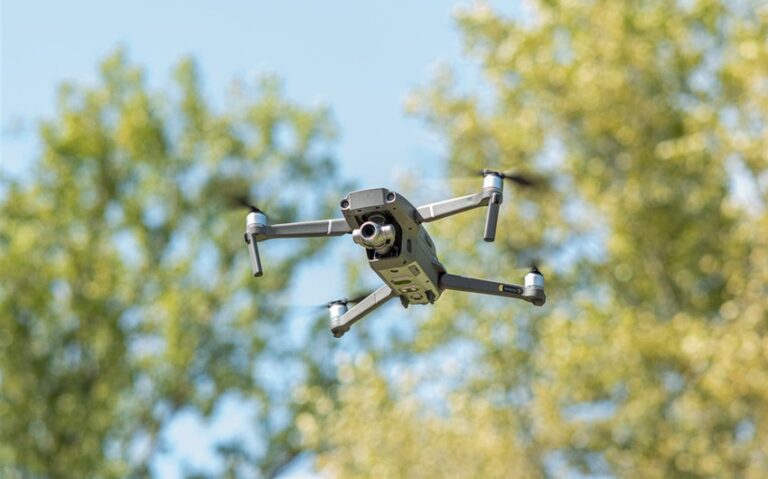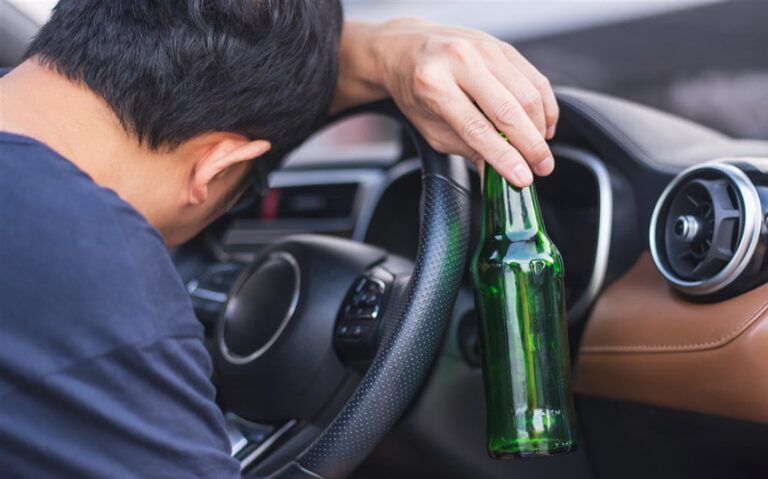Can You Bring Creatine on a Plane? A Traveler’s Guide to Packing Your Supplements
Trying to stay consistent with your fitness routine while traveling isn’t easy. Between long flights, hotel gyms that barely qualify as gyms, and time zone chaos, even remembering to take your creatine feels like a win. But before you toss that white powder into your backpack and head to the airport, you might be wondering: can you actually bring creatine on a plane? The answer is yes — but like most things involving travel and TSA, it depends on how you pack it and where you’re going. Here’s what I’ve learned.
Yes, You Can Bring Creatine on a Plane — But Know the Rules
Creatine is completely legal in most countries, including the United States, and TSA doesn’t prohibit it in any form — powder, capsule, or tablet. That said, bringing white powder in your bag can understandably raise eyebrows, especially if it’s in a ziplock bag without a label. TSA officers aren’t chemists — if it looks unusual, it may be subject to further inspection.
According to the TSA, powders greater than 12 oz (350 ml) may require separate screening. That doesn’t mean it’s prohibited — just that you may need to take it out of your bag and explain what it is. A clearly labeled commercial container is your best friend. It signals legitimacy and can save time during screening. Traveling with small amounts? Even better. A few scoops in a travel-size container rarely cause issues.
Remember: TSA’s job is to assess risk, not judge your workout stack. But the smoother you make their job, the quicker you get through security.
Carry-On vs. Checked Bag: Which Is Better for Creatine?
You can pack creatine in either your carry-on or checked bag — both are permitted. But which is better depends on how much you’re bringing and how quickly you’ll need it.
Carry-on: Ideal for short trips or when you only need a few servings. Keep it in a small, labeled container to avoid suspicion. If you’re traveling with other powders (like pre-workout or protein), group them neatly and be ready to pull them out during screening if asked. Also, don’t pack large tubs — they’re bulky and more likely to get flagged.
Checked luggage: Better for long trips or when you’re bringing a full-size container. Just be sure it’s sealed well — I recommend double-bagging it inside a plastic ziplock in case of breakage. If your bag gets searched, a labeled product is easier for agents to recognize and clear.
Personally, I bring a small amount in my carry-on and stash the rest in my checked bag. That way, if one gets questioned or lost, I’m still covered.
How to Pack Creatine for a Smooth Trip
Packing creatine might seem straightforward, but there are a few key things you can do to avoid hassle at security:
- Use labeled containers: TSA agents are much more comfortable seeing a clearly marked supplement than an unmarked powder. Travel with the original tub if possible, or use a travel-sized container and label it with the supplement name, brand, and serving size.
- Don’t pack loose powder in plastic bags: Even if it saves space, it looks suspicious. If you must use a bag, include a printed label or a note to explain what it is.
- Only bring what you need: No one needs a whole kilogram of creatine for a weekend trip. A few servings in a pill organizer or scoop container is more than enough for short travel — and less likely to be questioned.
- Keep it accessible: If you’re flying with more than 12 oz, pack it near the top of your bag so you can easily remove it if asked for secondary screening.
A little intention in how you pack saves you time, stress, and awkward conversations with TSA.
International Flights: Be Cautious, Not Paranoid
Flying internationally with creatine is usually fine — but you should always check the destination country’s rules. Creatine is legal in most countries, but customs regulations can vary, especially around bringing in powdered or food-grade products.
Here’s what to watch for:
- Customs declarations: Some countries require you to declare any supplement, even for personal use. If in doubt, declare it — it’s better than getting caught and fined for not doing so.
- Quantity limits: Bringing one container for personal use is usually fine. But if you’re carrying multiple tubs or bulk powders, you may be seen as importing goods, which can cause problems.
- Restricted ingredients: While creatine is safe and legal, some pre-workouts and “stacked” supplements contain banned ingredients in certain countries. Double-check anything that isn’t pure creatine monohydrate.
- Labeling and receipts: Having the original label or a purchase receipt can be helpful if a customs agent asks what you’re carrying.
If you’re headed somewhere with tight border control (like Australia, Japan, or New Zealand), do your research first. A five-minute check online can save you hours of trouble at the airport.
Creatine Capsules vs. Powder: Which Travels Better?
If you want a zero-hassle travel option, go with capsules. They’re TSA-friendly, easy to measure, and don’t raise red flags. Just like vitamins, they’re rarely questioned at security or customs.
Powder, on the other hand, is more economical and what many athletes prefer. If you’re used to the powder form, you can still bring it — just be prepared to pack it smart. The only real downside is that powder takes up more space, can spill, and occasionally prompts security screening.
Capsules work great for short trips or if you want a backup while waiting for your checked bag. I usually bring a week’s worth of capsules in my carry-on and leave the powder in checked luggage.
Can You Mix Creatine in a Water Bottle and Bring That?
Not through airport security. TSA’s 3-1-1 rule restricts liquids over 3.4 ounces (100 mL), so if you’ve already mixed creatine into a full water bottle or shaker, you’ll have to toss it before the checkpoint.
Better alternatives:
- Bring a dry scoop in a clean shaker or travel cup. Add water after security — easy, fast, and within the rules.
- Use single-serve packets: Some supplement brands sell pre-measured packets, which are perfect for travel and less likely to spill.
- Mix it in-flight: Use bottled water from the terminal or ask for water on the plane. Just don’t be that person trying to measure powder mid-turbulence.
As always, sealing is key. If it leaks, you’re not just losing your creatine — you’re ruining everything else in your bag.
Final Thoughts: Yes, You Can Bring Creatine — Just Be Smart About It
So, can you fly with creatine? Absolutely. It’s legal, TSA-compliant, and totally doable. But the way you pack it — and how much thought you put into that — will determine whether it’s a non-issue or a flagged item at security.
I’ve flown with creatine across countries and continents. Sometimes it gets a second glance. Sometimes it doesn’t. But I’ve learned that a little effort — labeled containers, reasonable quantities, and a calm explanation — makes all the difference.
Consistency matters in fitness, even when you’re in motion. And if tossing a scoop into your water bottle while crossing time zones helps you stay grounded — physically or mentally — then it’s worth packing. Just do it right.







